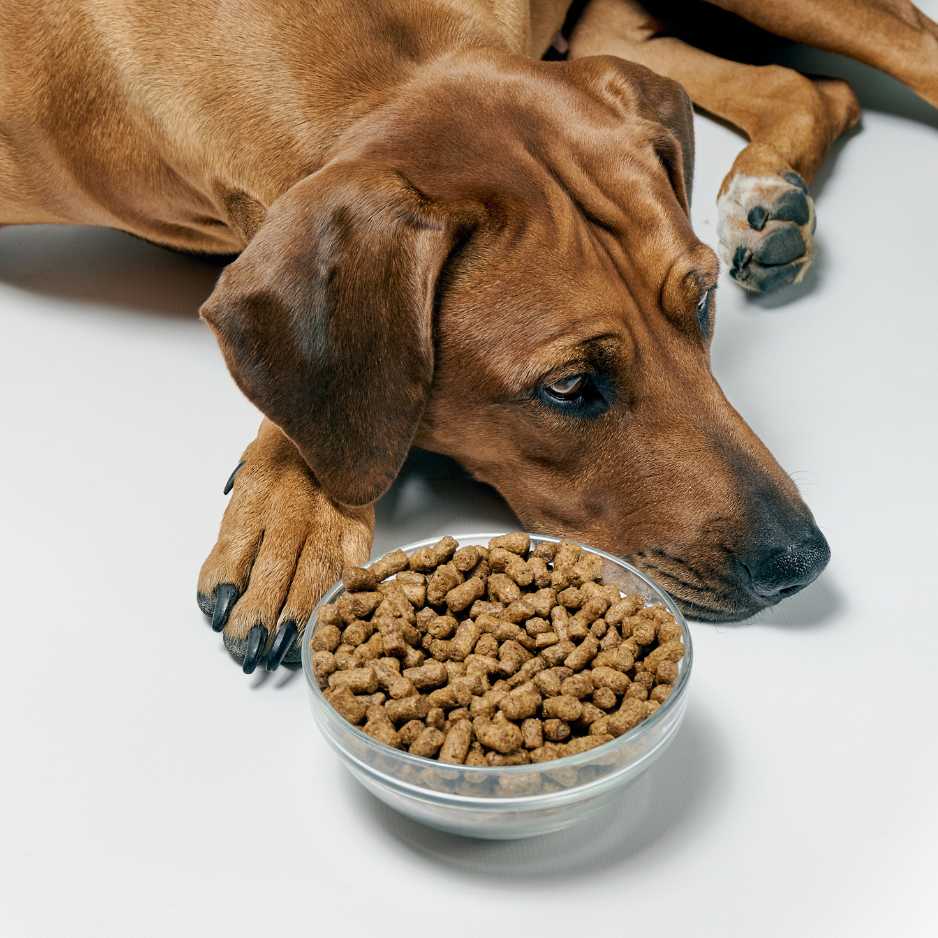We all want the best for our dogs, but what if the very food we’re feeding them is slowly harming them? Many commercial dog foods are loaded with harmful ingredients that could lead to chronic illnesses or even shorten your dog’s lifespan. If you’ve ever wondered whether your dog’s food is safe, it’s time to dig deeper into the truth behind those colorful kibble bags.
This article will explore the dangerous ingredients lurking in some dog foods, how to identify them, and how you can protect your furry friend from long-term health issues.
Common Harmful Ingredients in Dog Food
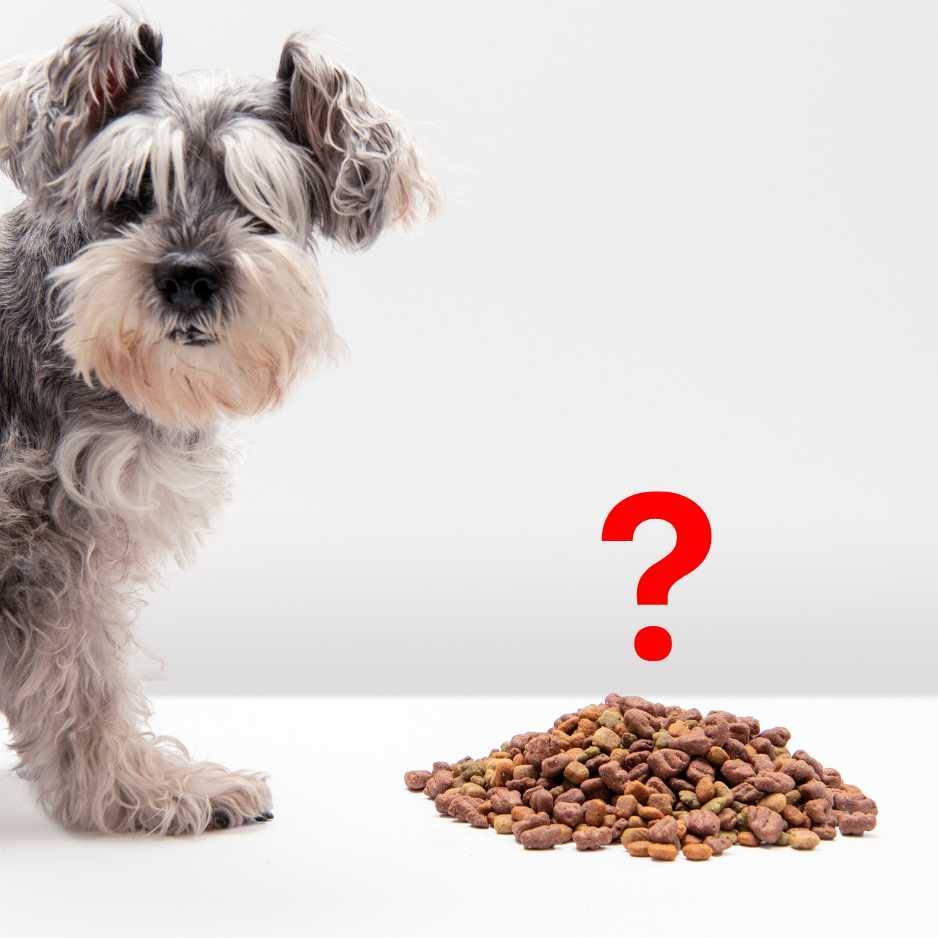
Artificial preservatives like BHA (Butylated Hydroxyanisole), BHT (Butylated Hydroxytoluene), and Ethoxyquin are commonly added to dog food to extend its shelf life. While they may keep food fresh, these chemicals have been linked to cancer and liver damage in dogs.
- BHA and BHT are known carcinogens in humans, and dogs can suffer similar risks over long-term exposure.
- Ethoxyquin, originally used as a pesticide, has been associated with kidney and liver issues.
Fillers like corn, soy, and wheat provide little to no nutritional value for your dog. These cheap ingredients are often used to bulk up dog food, but they can cause digestive problems, allergies, and weight gain.
- Dogs are carnivores by nature, and their digestive systems are not equipped to handle large amounts of grains or fillers.
- Corn and wheat gluten can lead to allergic reactions and contribute to inflammatory conditions like arthritis.
Artificial colors and flavors may make dog food look appealing, but they have no nutritional benefits. In fact, they can cause behavioral problems, allergic reactions, and even toxicity over time.
- Ingredients like Yellow 6, Blue 2, and Red 40 are linked to hyperactivity and behavioral issues.
- Artificial flavors mask the poor quality of the food, misleading pet owners into thinking it’s tasty for their dogs.
Rendered fats and meat by-products come from low-quality animal sources and can contain harmful toxins and bacteria. These ingredients are often used to make the food more palatable, but they offer little in terms of nutrition.
- By-products may include leftovers like organs and bones, which are often unfit for human consumption.
- Dogs consuming these fats regularly are at risk for obesity, pancreatitis, and heart disease.
Rendered fats and meat by-products come from low-quality animal sources and can contain harmful toxins and bacteria. These ingredients are often used to make the food more palatable, but they offer little in terms of nutrition.
- By-products may include leftovers like organs and bones, which are often unfit for human consumption.
- Dogs consuming these fats regularly are at risk for obesity, pancreatitis, and heart disease.
The Dangers of Feeding Cheap Dog Food

The old adage, “You get what you pay for,” is especially true when it comes to dog food. Cheap, commercial dog food is often filled with low-quality ingredients that can lead to health problems. These foods may seem affordable at first, but the long-term cost of vet bills and medical care for a sick dog can far outweigh the savings.
- Low-quality food often leads to chronic health problems such as obesity, diabetes, kidney failure, and heart disease.
- Dogs eating poor-quality food may experience lower energy levels, shorter lifespans, and diminished quality of life.
Signs Your Dog Food is Harming Them

If you’re concerned that your dog’s food might be causing harm, look out for these signs:
- Digestive issues such as diarrhea, vomiting, or bloating
- Skin problems including itchiness, hair loss, and rashes
- Behavioral changes like lethargy or sudden aggression
- Chronic illnesses like obesity, diabetes, or kidney problems
If your dog is displaying any of these symptoms, it may be time to reconsider their diet and consult your vet.
Common Brands That Use Harmful Ingredients

While it’s important to avoid calling out specific brands, We can empower pet owners to make better choices by teaching them to read ingredient labels carefully. Look for words like by-products, corn gluten meal, and artificial preservatives as red flags.
- Red Flags to watch out for: BHA, BHT, artificial colors, meat by-products, and corn.
- Opt for brands that use whole ingredients like real meat, fruits, vegetables, and high-quality grains.
How to Choose Healthier Dog Food
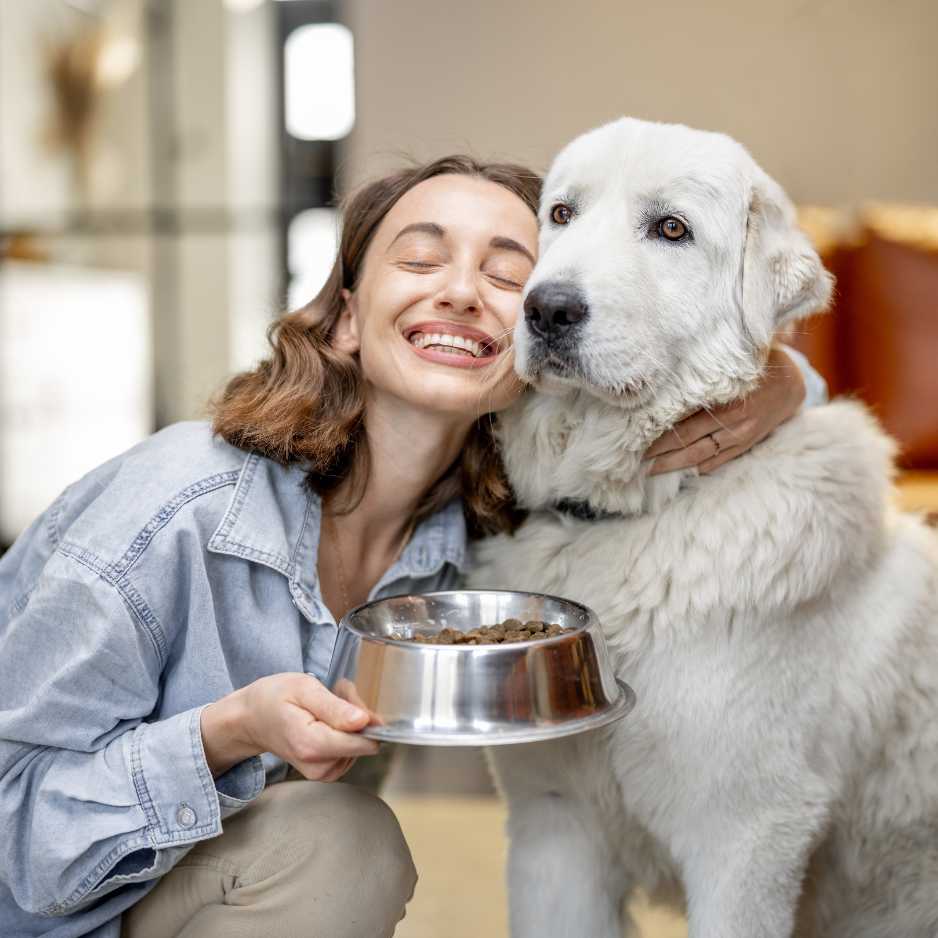
When choosing dog food, it’s important to focus on quality over price. Here’s how to find a healthier option:
- Look for dog food with whole meat (like chicken or beef) as the first ingredient.
- Avoid foods with fillers like corn, soy, or wheat.
- Choose foods that are grain-free or contain high-quality grains like brown rice or quinoa.
- Opt for foods that include real vegetables and fruits.
You can also consider specialized diets, such as raw food diets or home-cooked meals for dogs with specific health concerns.
Homemade Dog Food: A Healthier Alternative

Homemade dog food can be a great alternative to commercial brands, as it allows you to control the ingredients and ensure that your dog is eating healthy, nutritious meals. However, it’s important to create balanced recipes that include the right nutrients for your dog’s health.
- You know exactly what’s going into your dog’s meals.
- You can customize the diet to suit your dog’s health needs and preferences.
- No risk of harmful additives, preservatives, or fillers
1. Chicken and Veggie Delight
- Ingredients:
- 1 pound of ground chicken
- 1 cup of brown rice
- 1/2 cup of carrots (diced)
- 1/2 cup of peas
- 1 tablespoon of olive oil
- Instructions:
- Cook the brown rice according to package instructions.
- In a separate pan, cook the ground chicken until fully cooked.
- Steam or lightly cook the carrots and peas.
- Combine the chicken, rice, carrots, and peas in a large bowl and mix.
- Drizzle with olive oil before serving.
2. Beef and Sweet Potato Feast
- Ingredients:
- 1 pound of ground beef
- 1 cup of quinoa
- 1 large sweet potato (diced)
- 1/2 cup of spinach (chopped)
- 1 teaspoon of fish oil (for omega-3s)
- Instructions:
- Cook the quinoa according to package instructions.
- Cook the ground beef until browned and fully cooked.
- Boil or bake the sweet potato until tender.
- Mix the quinoa, beef, sweet potato, and spinach in a bowl.
- Add fish oil before serving.
3. Turkey and Pumpkin Dinner
- Ingredients:
- 1 pound of ground turkey
- 1/2 cup of canned pumpkin (unsweetened)
- 1 cup of oats
- 1/2 cup of green beans (chopped)
- 1 tablespoon of coconut oil
- Instructions:
- Cook the oats according to package instructions.
- Brown the ground turkey in a pan.
- Lightly cook the green beans.
- Combine the turkey, oats, pumpkin, and green beans.
- Mix in coconut oil and serve.
Read More – https://hankpets.com/homemade-vegetarian-dog-food
Note: Always consult with your vet before switching your dog to a homemade diet to ensure you’re providing a balanced meal that meets their nutritional needs.
The Role of Vet Checkups
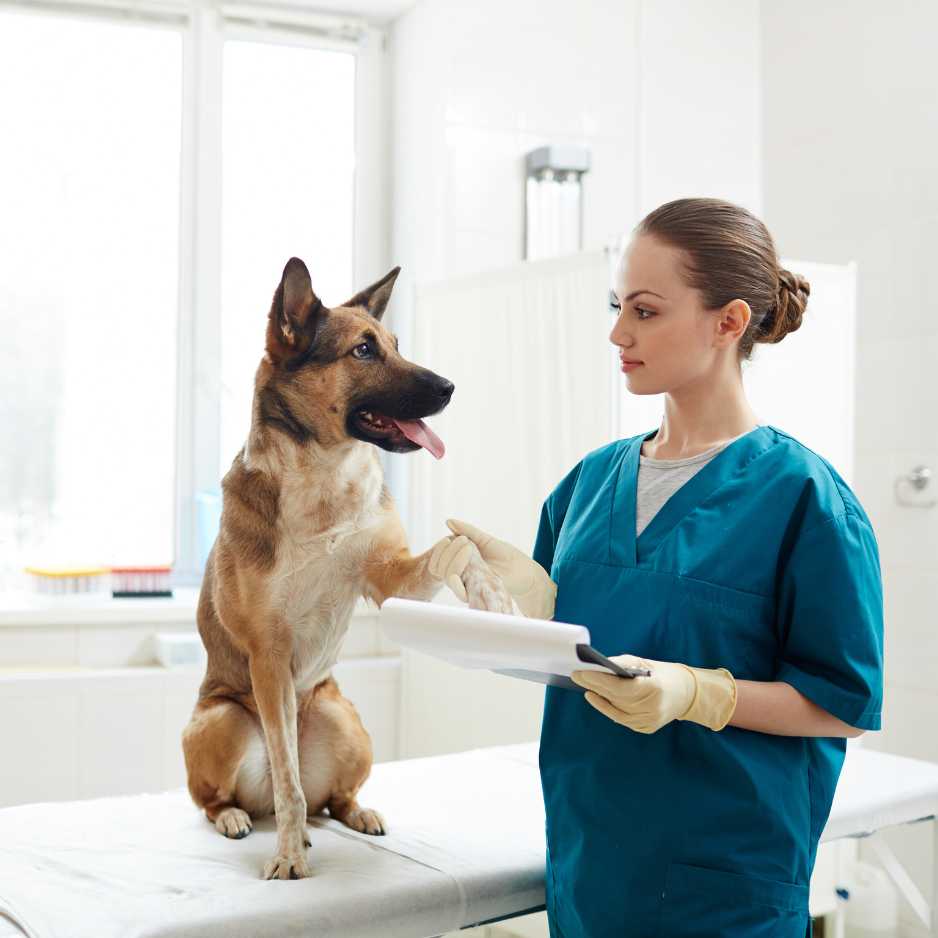
Even if you choose high-quality food for your dog, regular vet checkups are essential to maintain their health. Vets can help monitor your dog’s weight, check for signs of allergies or deficiencies, and recommend dietary changes if necessary.
- Nutritional testing and allergy screening can help prevent health issues before they become serious.
- Your vet can recommend the best food for your dog’s specific breed, size, and health condition.
How to Transition Your Dog to Healthier Food
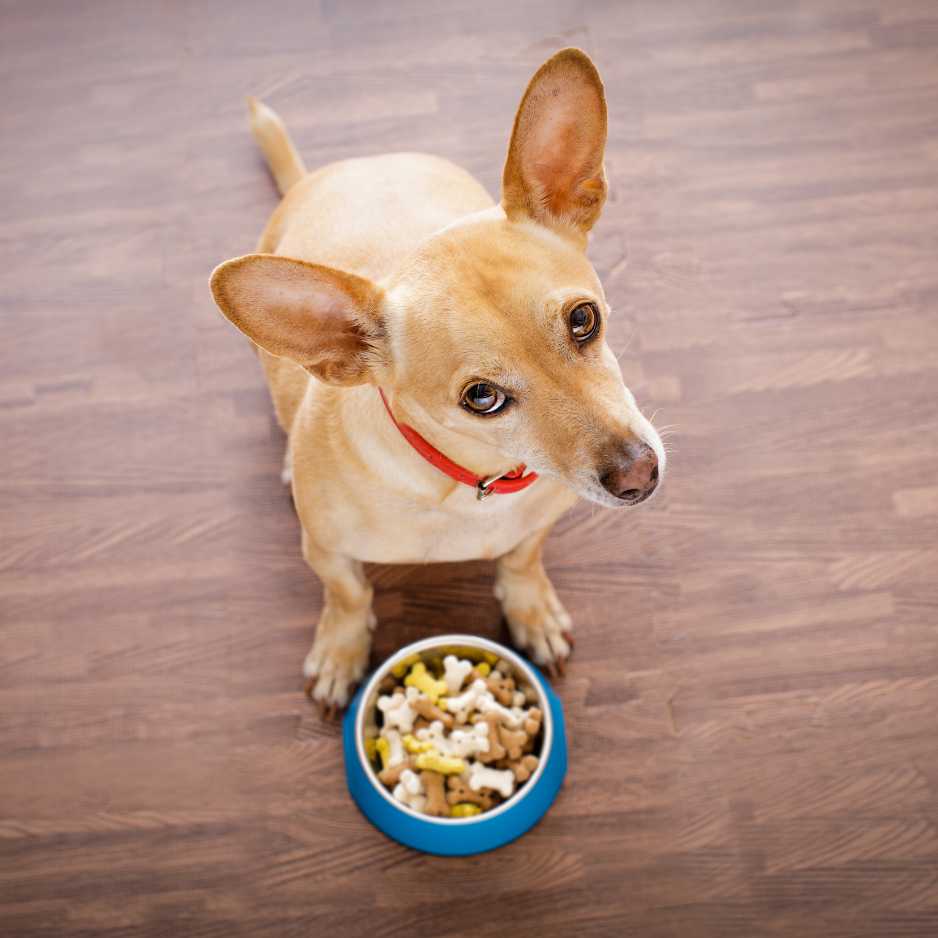
If you decide to switch to a healthier brand or homemade dog food, it’s important to do so gradually to avoid digestive upset.
- Start by mixing 25% of the new food with 75% of the old food for the first few days.
- Gradually increase the amount of new food over a week until your dog is fully transitioned.
- Watch for any signs of digestive issues, like vomiting or diarrhea, and adjust accordingly.
Myths About Dog Food You Should Ignore

There are several myths about dog food that can mislead pet owners:
- “Grains are good for dogs”: Many dogs are sensitive to grains like corn and wheat. Grain-free diets can reduce inflammation and allergic reactions.
- “Price equals quality”: Expensive dog food isn’t always better. What matters is the quality of the ingredients.
- “All commercial dog food is bad”: While some commercial dog food contains harmful ingredients, many premium brands offer high-quality options.
Conclusion
Your dog’s health is directly related to what they eat. By choosing high-quality, natural food, you can improve their well-being and extend their lifespan. Take the time to read labels, avoid harmful ingredients, and consider healthier alternatives like homemade food. Your dog will thank you with more energy, better health, and a longer, happier life.
FAQs
What are the most harmful ingredients in dog food?
Artificial preservatives, fillers, by-products, and additives like MSG.
How can I tell if my dog food is low-quality?
Look for red flags like artificial ingredients, by-products, and fillers.
Is homemade dog food better for my dog?
Homemade dog food can be healthier, but it’s important to ensure the meals are balanced with the right nutrients.
How long does it take to see improvement after switching food?
You may see improvement in energy levels and digestion within a few weeks, but it can take longer for other issues like skin conditions to resolve.



